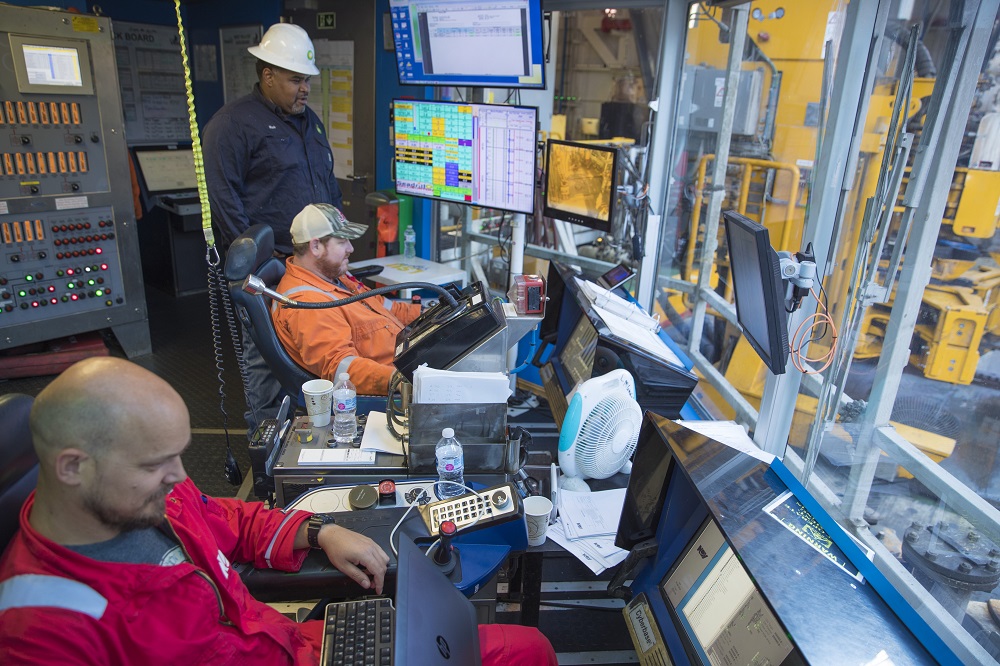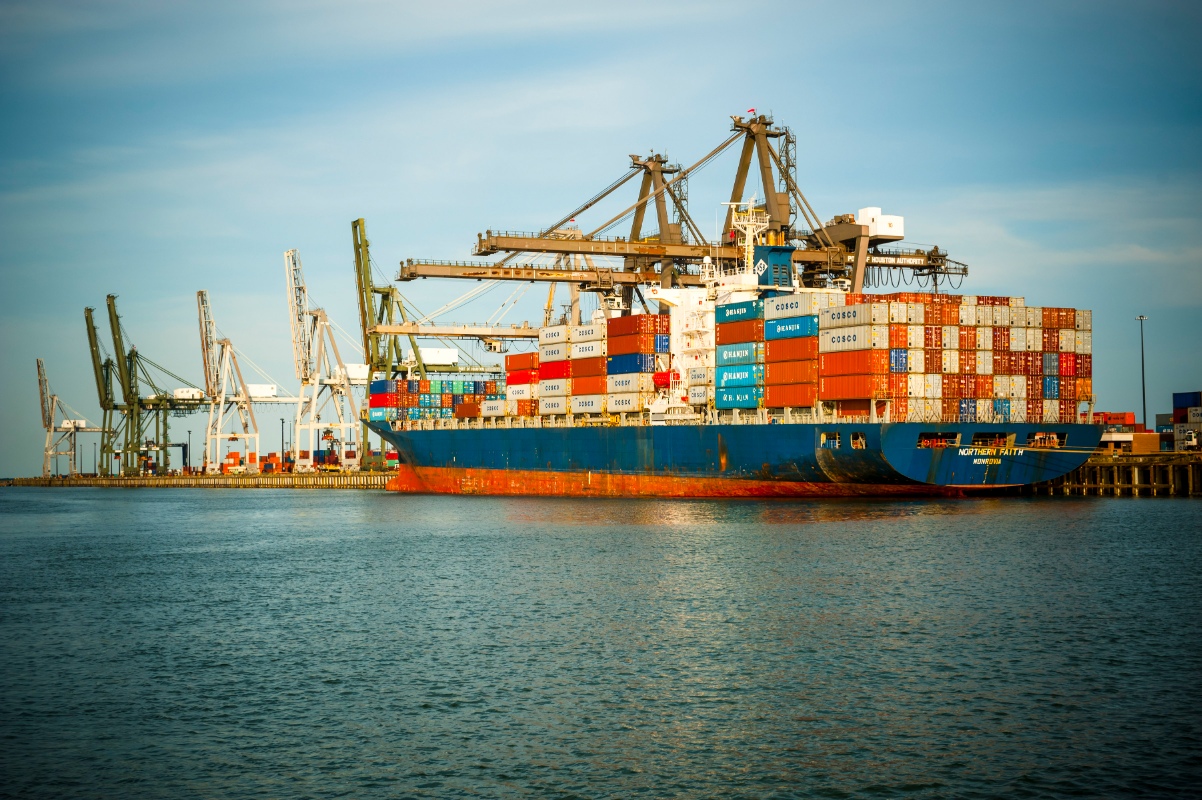How Energy Tech is Driving the Global Energy Transition
Published Jan 31, 2020 by Maggie Martin
Houston has an opportunity and a responsibility to lead the global energy transition, and energy technologies are one of the significant ways the region can deliver. That’s one of the key points Greater Houston Partnership chair Bobby Tudor drove home in his keynote address at the organization’s annual meeting earlier this month.
Tudor said Houston needs to leverage its scientific, academic and commercial expertise to innovate and develop new technologies that will help the transition to a cleaner, more efficient and more sustainable low-carbon world. This work is already underway at two of our Tier One universities: the University of Houston and Rice University. Tudor pointed to the UH Energy Program and Rice’s Carbon Hub, as well as the new Midtown innovation district, anchored by The Ion, which will include a focus on energy industry solutions.
“The scope of these innovations can range from smart grid technology to water recycling and reuse, to more sustainable commercial and residential building practices,” said Tudor.
New energy technologies, including horizontal drilling, hydraulic fracturing and deep-water offshore technology, began, or are centered, here. Houston is home to several facilities exploring such technologies, including Dow Chemical’s Texas Innovation Center, Chevron Technology Ventures and Shell Technology Ventures (the first corporate venture fund in the oil and gas industry).
As the Energy Capital of the World, Houston is creating an environment that naturally fosters emerging digital technology companies and their R&D work. At least 21 of Houston’s 40 corporate R&D centers are focused on energy technology and innovation. Plus we are home to a range of startups focused on a broad set of technologies including blockchain, data analytics and AI. In fact, a quarter of Houston’s venture capital-backed startups are focused on energy technology, and energy-focused technology startups generated $65.8 million in 10 deals in 2019.
Companies include Rebellion Photonics, a platform provider of intelligent, visual monitoring solutions that make the oil and gas industry safer; Data Gumbo, which provides blockchain-based smart contracts to automate contract execution between companies; and Goexpedi, which provides procurement solutions to increase the efficiency of drilling operations.
Job growth in the energy tech sector also indicates growth in this area.
A recent article in the Houston Chronicle noted that while statewide employment in the oil and gas industry was down 3% compared to a year ago, tech jobs within the sector appeared to be growing. Nearly two-thirds of the estimated 228,000 tech jobs in the region are outside traditional tech companies.
The Partnership estimates that two-thirds of tech jobs in the region are embedded in industries such as energy, medicine or aerospace.
“Demand is super high for tech workers,” said Josh Pherigo, a research manager with the Partnership. “All the oil and gas companies are digitizing. They’re changing their business models. They all want to know how they can use data to enhance their bottom line.”
The Partnership is launching a new initiative aimed at accelerating Houston’s activity around energy transition, while existing committees will continue efforts to bring energy tech and renewable energy companies to Houston; explore the policy dimensions of carbon capture, use, and storage; and advocate for legislation that helps ensure the Texas Gulf Coast is positioned as a leader in that technology.
Read Partnership chair Bobby Tudor's full annual meeting remarks on the global energy transition. See the Partnership's KEI report on venture capital. Read more about Houston's energy tech developments.
 The Houston Report
The Houston Report




















